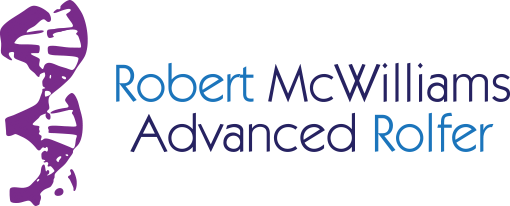I work with a couple of hair stylists and theirs is a particularly challenging profession when it comes to neck and shoulder pain. Their arms are constantly raised to work with the client’s hair. I asked a client today to show me how they work with a client while cutting hair. She stood with her feet held tightly together holding her arms up, miming working on somone’s hair. In this stance and body attitude she was narrowing her base of support, focusing all of the work into her neck and shoulders. Imagine standing and working like that all day!
In addition to working to release tight fascia in her neck, all around the shoulders and more, I try to teach her how to use the ground to support the work in the arms and hands. Some of the ideas I worked with her on included staggering one leg forward, one back to broaden and engage the base of support; shortening the distance from the front foot to the hair-cutting action to allow the arms to be a little closer to her center line, thus decreasing the effort to hold them up; using that support in a fluid way, switching the forward leg depending on the action taken with the client (i.e., it was easier to bring the same-side leg forward to support extensive work on one side of the client’s head).
A key concept: finding breath and ease at the back of the armpit while allowing the shoulder blades to ‘drape’ over the ribs. This appropriately engages the serratus anterior muscles, the primary stabilizers of the shoulder girdle on the ribs. When we find this use of the breath in relation to a freed up sides of the ribs in breath and a loose feeling in the neck and trapezius, it feels like ‘moving from the back’ or ‘moving from the hips.’ It is a ‘connector’ in that way, allow us to lengthen and expand even while working our body/mind.
It also helps a lot to feel low back support while standing to work in this way. Feeling the whole foot in contact with the floor while working, even when twisting the body can also engage the transverse abdominal muscles, which stabilize the low back/pelvis relationship. I teach awareness of this kind of support as well as twisting exercises for the muscles of the waist ( not shoulders!) with resistance to strengthen the oblique muscles’ pull on the limbo-dorsal fascia ( it attaches there along the lateral rap he of fascia). When this fascia is cinched up in this way, it supports the lumbar vertebra and helps prevent low-back injury or pain.
How did today’s client react to this? After her functional movement check in described above, and deep hands-on work to release her stuck Sacro-Illiac joint ( SIJ) , to open the shoulders from the ribs and neck, free the arms from her shoulder, as well as opening the abdominal fascia, plus work to free adhesions between pleural layers and lungs or ribs, we got a good release.
The degree of shift towards a fully upright posture was a bit disorienting for her. I had her play again with her work position in relation to the ‘rocker stance’ described above. She then gained a much better awareness of the natural postural sway in the body, as if coming to the realization that fluidity and motion are the natural way to avoid getting stuck in painful and awkward positions at her work. After receiving the hands-on work, it was easier for her to implement the functional and postural changes in how she stands and moves to work.
This is how I work: free the nerves; mobilize major fulcra like the SIJ, open fascial adhesions, work on body awareness and movement behavior, work to train weak muscle groups that need to be stronger to buttress and support the change we want.
(303) 887-6764 (in Colorado)
robmcwilliams@mac.com
